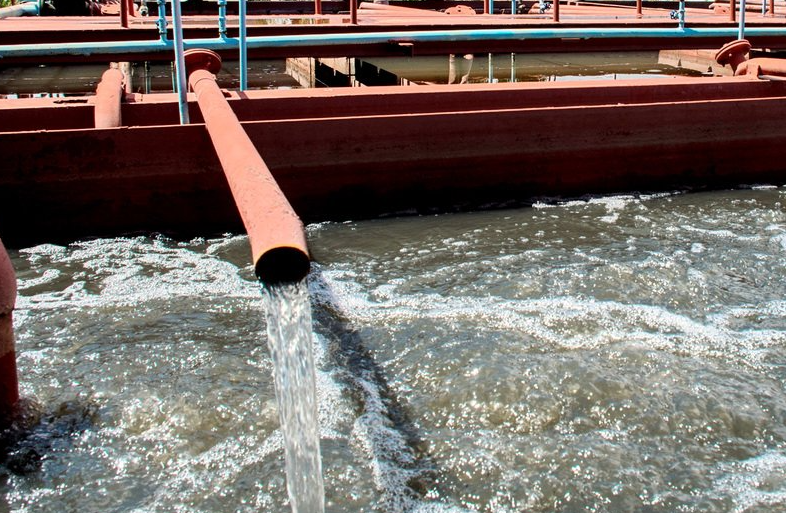In the daily testing of drinking water, one of the sensory properties and general chemical indicators is very special, that is, odor and taste. Many people may think that this test is very simple, but we want to tell you that this test is not simply a matter of smelling it. In fact, in the relevant standards, the requirements for personnel, equipment and the treatment of water samples are very strict. Today we will learn how to detect the odor and taste of drinking water.
The principle is to select no less than 4 people to form an odor test team, evaluate the sensory characteristics of the samples, and describe the different odor characteristics of the samples. When the sample is heated to a certain temperature, the inspection team smells its odor and gives the intensity evaluation of each odor characteristic, discusses and calculates together to determine the evaluation result of the sample.

1. Constant temperature water bath: The temperature control accuracy is ±1 °C, and there is no peculiar smell when heated.
2. Thermometer: 0 ℃-200 ℃.
3. Constant temperature drying oven: temperature control accuracy ±2 ℃.
4. Analytical balance: 0.1 mg.
5. Microsyringe: 25 uL, 100 uL or Pipette: 20 uL, 100 uL.
6. Sampling bottle: 1 L brown glass bottle with stopper, bake at 180 ℃ for 4 h.
7. Smell test sample bottle: 500 mL conical flask with stopper.
8. Volumetric flask: 100 mL.
9. Graduated cylinder: 200 mL.
1. Odorless water: Class II water in accordance with GB/T6682, no odor.
2. Sodium thiosulfate: analytical grade.
3. Hydrochloric acid: 1.19g/mL, analytically pure.
4. 2-Methyl isobornyl alcohol standard solution: 100ug/mL, certified standard solution.
5. Geosmin standard solution: 100ug/mL, certified standard solution.
6. Sodium thiosulfate solution: 100g/L, weigh 10g of sodium thiosulfate, dissolve it in odorless water, and dilute to 100mL.
7. Hydrochloric acid solution (1+3): Slowly add hydrochloric acid to odorless water in a volume ratio of 1:3.
The inspectors should conduct a preliminary test to select a smell test team, and those with a low sense of smell cannot be selected. The members of the listening and testing team need to be professionally trained and have the corresponding ability to carry out the analysis and testing. Through method training, analysts are familiar with common odor types in water and the characteristics of odor intensity in different concentration ranges.
Rinse the sampling bottle with water sample until the bottle is full, and there should be no air bubbles in the bottle mouth. It should be measured as soon as possible after collection. If it cannot be measured immediately, it should be refrigerated below 4 °C and measured within 24 hours.

The results should be recorded immediately after the smell test. The recorded information includes the description of the smell, the intensity of the smell, and the order in which the various smells were perceived. Then, according to the calculation formula, the odor intensity level of the water sample is obtained.
最新动态
相关推荐